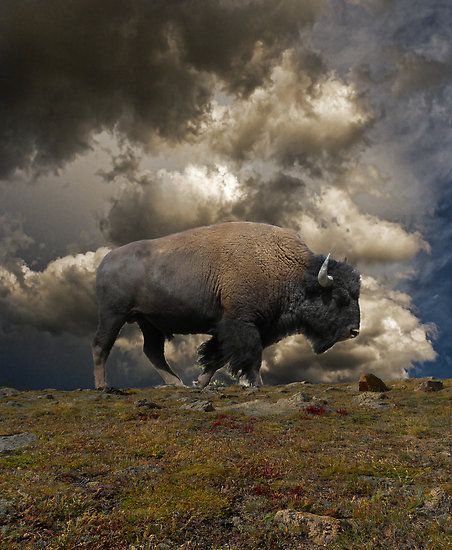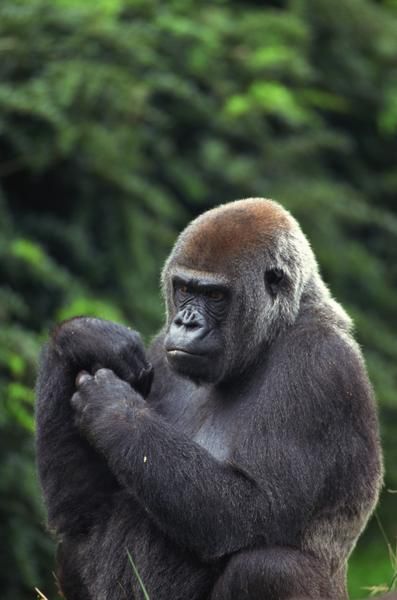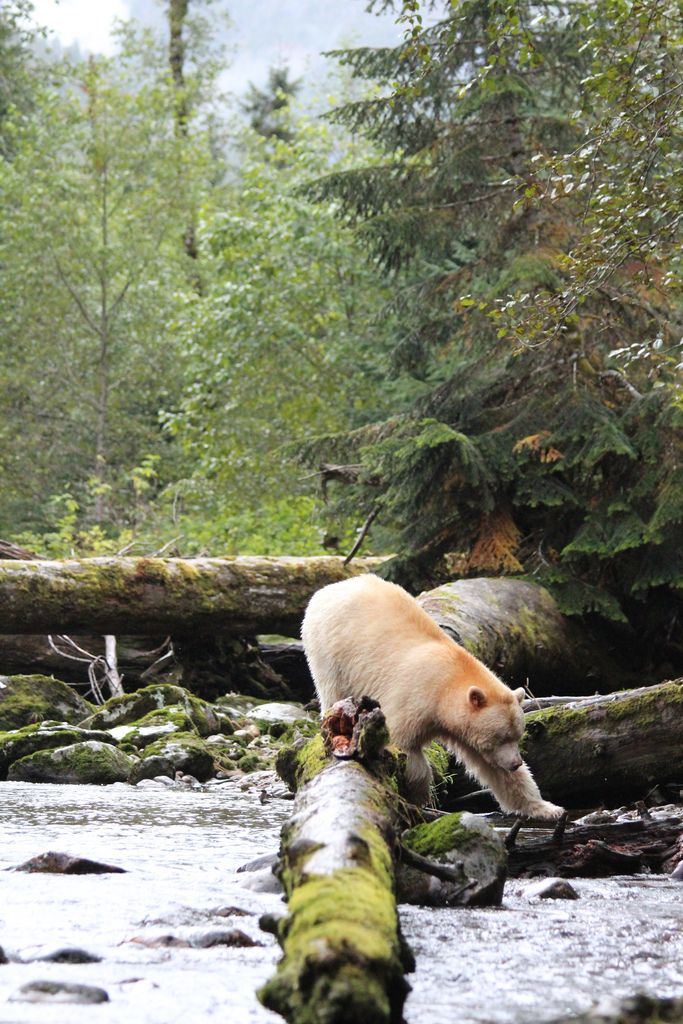Dear Integral Meditators,
When you have a ‘dark cloud’ in your life, do you habitually walk toward it or run away from it? Its an important question, the article below explores why, with the help of a few large furry friends!
In the spirit of walking towards,
Toby

The Quickest Way Through the Rain
The amateur naturalists amongst you may have heard the story of buffalo herds who, when they see a thunder cloud coming toward them walk directly into it rather than away from it. Of course this is a very intelligent thing to do because by walking in and through the rain cloud they actually minimise the amount of time they have to spend getting wet, as the rain cloud passes by much quicker.
Whenever we have a ‘rain cloud’ in our life the instinct can be to run away in the opposite direction from it, hoping that it will go away if we run fast enough. Of course then what happens is that we find ourself being pursued by the rain cloud for a long time, and then when it catches us we have to spend a long time getting wet.
Whatever inner rain clouds you have in your life, the quickest and most effective way to deal with them is almost always by going towards and through them, rather than turning away and running.
Sometimes getting wet is not what you expect
One of the nice things about getting in the habit of walking into your rainclouds is that you discover as often as not that ‘getting wet’ is not as unpleasant as you thought. The experience of accepting a difficult emotion, having a challenging conversation, making a difficult choice, or facing a fear is that, as often as not more pleasant than we thought. If you walk into the rain, sometimes (not always) you may find yourself dancing in it!
If you aren’t ready to turn towards the cloud, then know that
There are some rain clouds in your life that you may not be ready to walk into for whatever reason. If this is the case, then you need to know that you aren’t ready and make a conscious choice to hold it at arm’s length until you are ready. If you do this consciously, rather than running blindly and impulsively away, then you can avoid a lot of the negative effects of repression and impulsive fear.
A mature meditation and mindfulness practice
One of the marks of a mature meditation and mindfulness practitioner is this; they know the value of walking into the raincloud and do it regularly.
An image
Imagine you are sitting in a grassland under a big sky. Next to you is a herd of buffalo. You see a dark raincloud on the horizon. You see the buffalo naturally start walking toward the cloud, as if it were the easiest thing to do in the world, why not follow them in? After all, the quickest way out of the rain is through it.
Related articles: The inner weather of the mind
Breaking like a wave
© Toby Ouvry 2015, you are welcome to use or share this article, but please cite Toby as the source and include reference to his website www.tobyouvry.com
Integral Meditation Asia
Life-Coaching * Meditation Technology
 Tom and Jerry Mindfulness (Cartoon Character Positive Attitude)
Tom and Jerry Mindfulness (Cartoon Character Positive Attitude)







